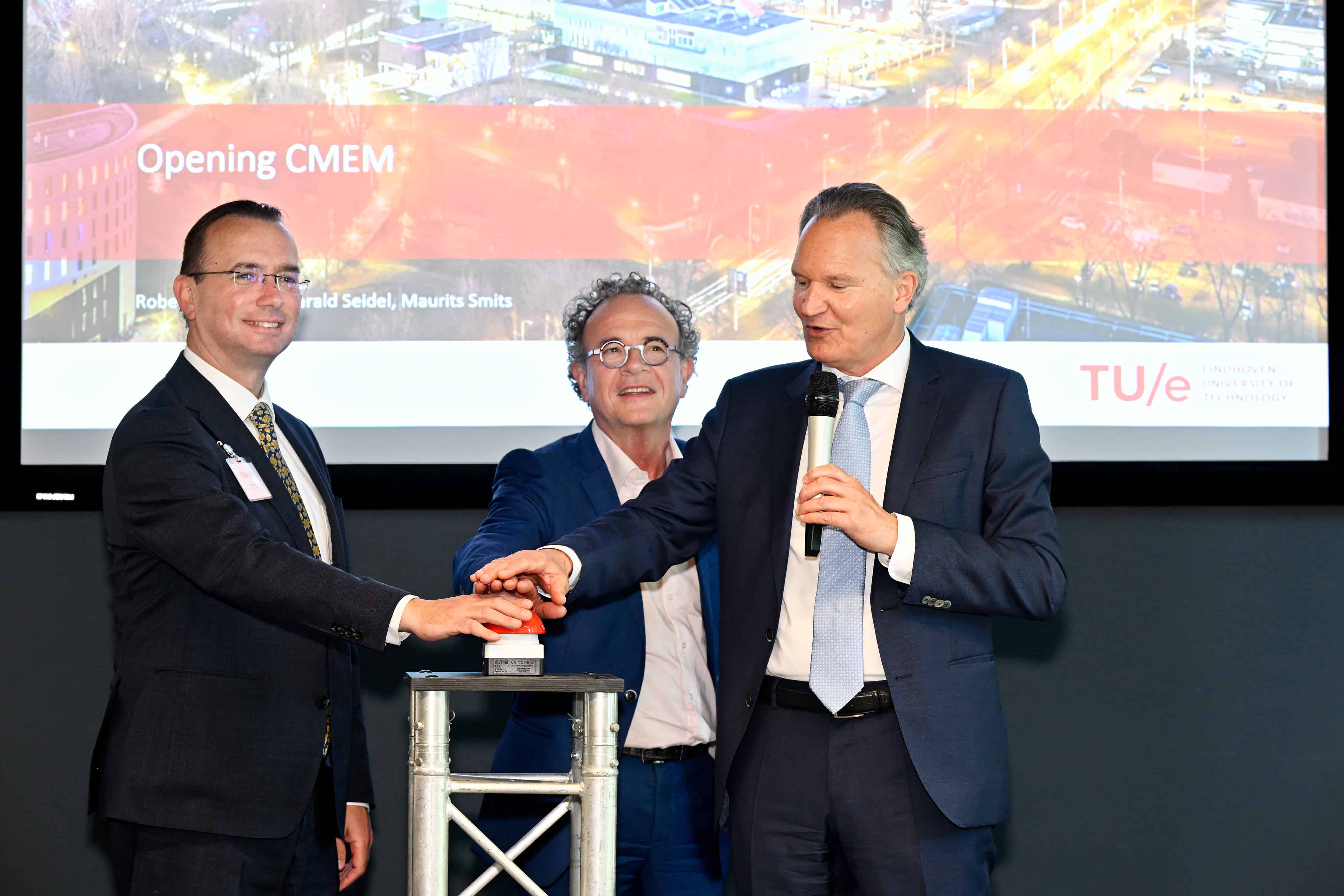
An ultra-fast microscope combines atomic spatial and temporal resolution, enabling unprecedented insights into the dynamics of electrons in molecules, as announced by the Max Planck Institute in a press release.
To better understand (and possibly control) fast chemical reactions, it is necessary to study the behavior of electrons as precisely as possible – in both space and time. But up until now, microscopy methods have delivered only either spatially or temporally sharp images. By cleverly combining established techniques of tunnelling microscopy and laser spectroscopy, a team led by Klaus Kern, Director at the Max Planck Institute for Solid State Research in Stuttgart, has now overcome these obstacles. Using their atomic quantum microscope, they can make the movement of electrons in individual molecules visible.
It is essential not only for understanding biological processes (e.g. plant photosynthesis) to map the electron dynamics in molecules but also for many technical applications such as the development of solar cells or new types of electronic components. Until now, imaging methods have sometimes delivered images that are difficult to reproduce – or even contradictory. This is because they cannot map the fast electrons directly but rather must resort to techniques that can only reconstruct the behavior of the electrons.
Ultra short pulses
They have now been able to directly observe electron movement in molecules with this one-of-a-kind instrument. With the help of the ultra-short pulses, the electrons in the molecule can be excited to jump between the different orbitals. This was noticeable in the tunnel flow. The highlight of the new technique is being able to fire two minimally time-delayed pulses in quick succession at the molecule to be investigated with an exact time interval and scan it in the process. If this procedure is repeated several times and the time interval between the pulses varied, an image series that reproduces the behavior of the electrons in this molecule with atomic accuracy is obtained. The fast laser pulses thus provide information about the electron dynamics whilst the scanning tunneling microscope precisely scans the molecule.
Read the complete press release here.
Also interesting:
Experiment with electrons paves the way to new power standard
A cool microscope to observe life
An affordable microscope for invisible infrared light
Selected for you!
Innovation Origins is the European platform for innovation news. In addition to the many reports from our own editors in 15 European countries, we select the most important press releases from reliable sources. This way you can stay up to date on what is happening in the world of innovation. Are you or do you know an organization that should not be missing from our list of selected sources? Then report to our editorial team.






